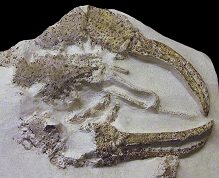 |
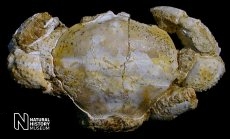 |
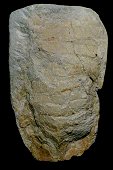 |
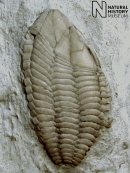 |
|
MACRURA |
BRACHYURA |
ISOPODS |
|
|
BRITISH CHALK CRUSTACEANS |
 |
 |
 |
 |
|
MACRURA |
BRACHYURA |
ISOPODS |
|
| Introduction |
The Crustaceans are a major group within the Arthropods; invertebrates bearing a toughened exoskeleton, segmented bodies and jointed limbs. Crustaceans are distinguished from other arthropods by their particular arrangement of antennae and appendages at the front of the body.
Malacostracans are primarily represented by lobsters (Macrura) and occasional crabs (Brachyura) and water-lice (Isopoda) in the British Chalk. Good malacostracan fossils are scarcely encountered by the collector, and museum collections are dominated by isolated chelipeds (pincers) of Palaeastacus from the Grey Chalk, and isolated crab carapaces from the Grey Chalk-equivalent sandy facies of SW England. Most other species are rarely seen, and complete and articulated specimens are highly unusual. Small, isolated dactyls, probably assignable to the Brachyura, may be found with reasonable frequency in the Grey Chalk, though their size makes them quite inconspicuous. (Terminology).
Malacostracans possess a robust and extensive exoskeleton, producing a number of moults during a lifetime, and they are typically abundant in marine settings. Extensive and pervasive burrow networks readily assignable to the malacostraca attest to their abundance in the chalk sea. The paucity of body fossils in the chalk is most easily explained as a preservational effect.
Cirripedes are represented by goose-barnacles (barnacles mounted on an elongate fleshy stalk) in the British Chalk. The protective calcareous plates of the capitulum which encloses the animal are not uncommon, but they typically occur isolated and their small size and simplistic shape means they are generally overlooked. Articulated individuals are amongst the rarest of British Chalk fossils. (Terminology).
| Species |
|
|
|
||
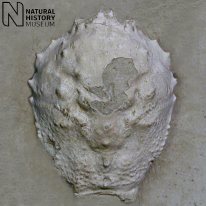 |
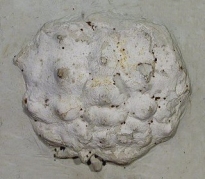 |
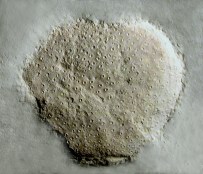 |
| Notopocorystes | Necrocarcinus | Graptocarcinus |
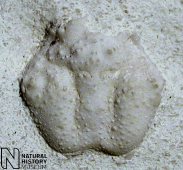 |
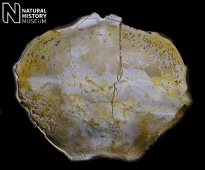 |
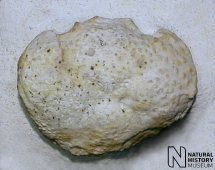 |
| Shazella | Diaulax | Caloxanthus |
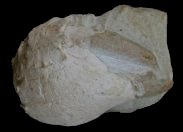 |
||
| Indeterminate Chelipeds (Pincers) | ||
| Isopoda (Water-lice) | ||
 |
||
| Palaega | ||
|
Cirripedes (Goose Barnacles) |
||
| References |
BELL, T. 1863. A monograph of the fossil malacostracous Crustacea of Great Britain. Pt. II, Crustacea of the Gault andGreensand. Palaeontographical Society, London.
COLLINS, J. S. H., & WILLIAMS, R. J. 2004. A new genus of necrocarcinid crab (Crustacea, Brachyura) from the Upper Cretaceous of England, Bulletin of the Mizunami Fossil Museum, 31, 33-35 [Link]
DIXON, F. 1850. The Geology and Fossils of the Tertiary and Cretaceous Formations of Sussex, (private publication) London.
MORRIS, S. F. 1980. Catalogue of the Type and Figured Specimens of Fossil Crustacea (excl. Ostracoda, Chelicerata, Myriapoda and Pycnogonida in the BritishMuseum (Natural History). British Museum (Natural History), London.
WITHERS, T. H. 1935. Catalogue of fossils Cirripedia in the Department of Geology, II, Cretaceous, British Museum (Natural History), London.
WOODS, H. 1922. A monograph of the fossil macurous Crustacea of England, Palaeontographical Society.
WOODWARD, H. 1878. On Meyeria Willettii, a new macrurous Crustacea from the Chalk of Sussex. Geological Magazine, Decade 2, 5, 556-558.
WRIGHT, C. W., & COLLINS, J. S. 1972. British Cretaceous Crabs, Palaeontographical Society.